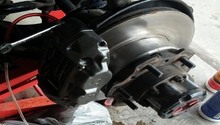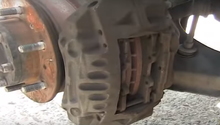Toyota 4Runner 1996-2002: Brake Modifications
Are your stock brakes just no longer cutting it any more? Here's a rundown of what you need to greatly enhance your braking performance.
This article applies to the Toyota 4Runner (1996-2002).
Let's face it. Stock Toyota 4Runner brakes, especially on earlier models, just weren't the best. They tend to shudder and just don't seem up to the job of bringing your heavy SUV to a stop reliably and consistently over a long period of time. Luckily, some enterprising hot rodders have long ago figured out that Tundra brakes are extremely easy and simple to swap over onto 4Runners, providing a real solution for those looking to increase their braking capabilities. Not only that, but new parts for the job can be found for around $400 online, making this a fantastic and economical upgrade.
Tundra Brake Conversion Components
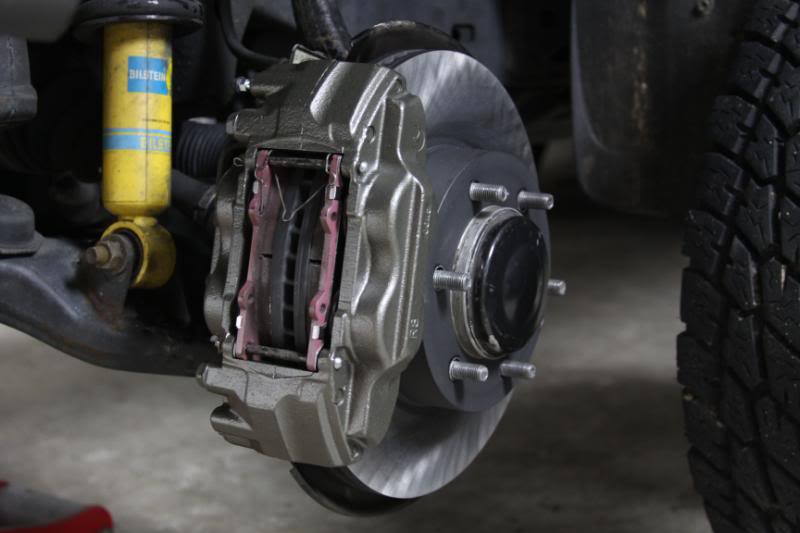
You have several options once you decide to upgrade your brakes to Tundra components. If you're looking to save some cash, parts are readily available at salvage yards to complete the conversion. If you decide to go the used route, be sure and complete a thorough inspection of all parts to make sure they are in good working order. Used calipers can be cleaned up and painted to make them look like new, which can save you a good bit of money. If you aren't comfortable checking the condition of these parts, it's a good idea to simply purchase new.
Brake Calipers
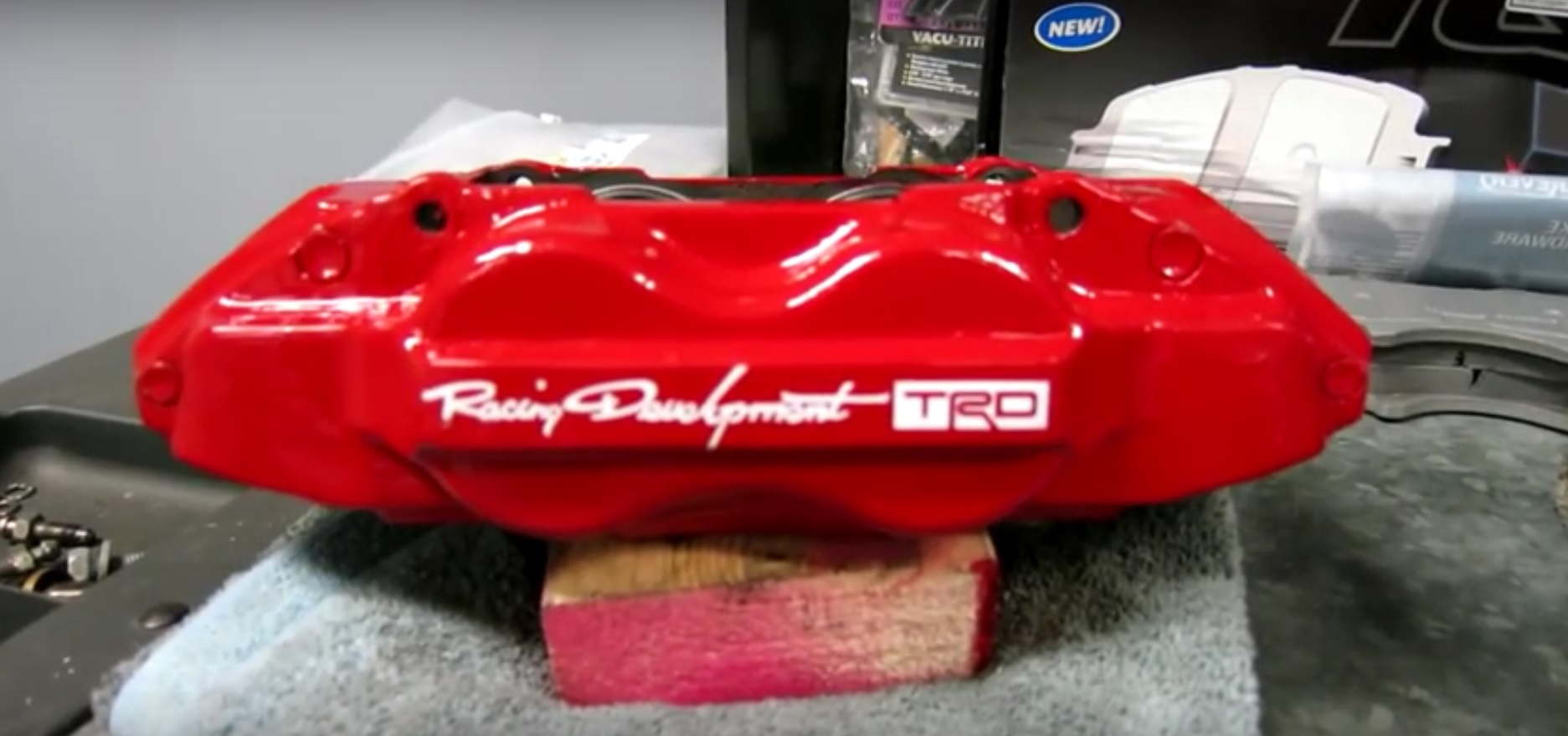
DIY Cost – $100-$300
Professional Cost – $175-$400
Skill Level – Moderate; requires only basic tools and skills to replace, but care must be taken not to damage brake lines when doing so.
Brake calipers can be picked up new, used, or reconditioned and prices vary greatly depending on what route you go. Used calipers sometimes require dust seal replacement or even a complete rebuild, so novices might want to buy new and avoid any potential headaches.
Tundra brake calipers utilize a beefy four piston design. This means that when you press down on the brake pedal, there are four pistons inside the caliper clamping down on the brake pad to apply force. The more pistons there are, the more even the distribution of braking force is, and the better the cooling is for the brake fluid that circulates through the caliper. Recommended for stopping force.
Brake Rotors

DIY Cost – $100-$200
Professional Cost – $150-$400
Skill Level – Moderate; can be difficult to remove if they get rusty.
Brake rotors can be picked up new relatively cheaply, unless of course you decide to go with aftermarket or slotted rotors. While stock versions run around $100, you can spend a fortune on a set of slotted Brembo's. Alternatively, "lesser" named aftermarket slotted rotors can be picked up on the cheap as well, but they provide an arguably negligent performance advantage over stock rotors.
The benefit of larger rotors is easily explained. Increased surface area allows for larger contact patch with larger brake pads to match, which means increased stopping power. Another benefit of larger rotors is superior cooling ability. Think of the rotor as a heat sink, the larger it is, the more heat it can tolerate without being overwhelmed. Recommended for its stopping power and cooling ability.
Brake Pads
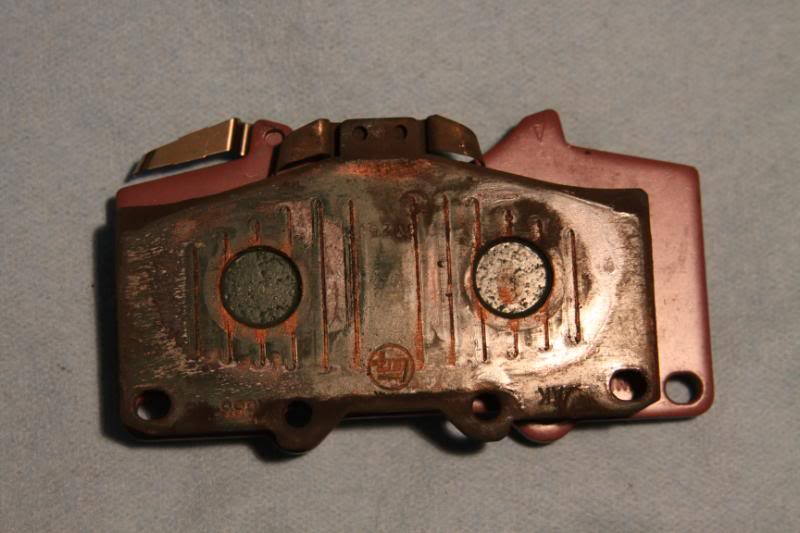
DIY Cost – $50-$100
Professional Cost – $100-$150
Skill Level – Easy; simple to remove and replace, only requires basic tools.
Brake pads are another area where you can spend as little or as much as you want. Stock pads for a Tundra run around $50, but you can spend double or even triple that on a fancy set of low friction or ceramic pads. The extra money can net you longer life or quieter braking, or even enhanced performance, but OEM pads do a good job as well.
To match the aforementioned larger rotors, you need larger brake pads to match. These pads are better suited to towing, off-roading or hilly terrains where the original, smaller 4Runner pads would be prone to overheating and reducing their ability to create friction with the rotors. Your brakes are only as strong as their weakest link. Recommended for off-roading.
Brake Lines
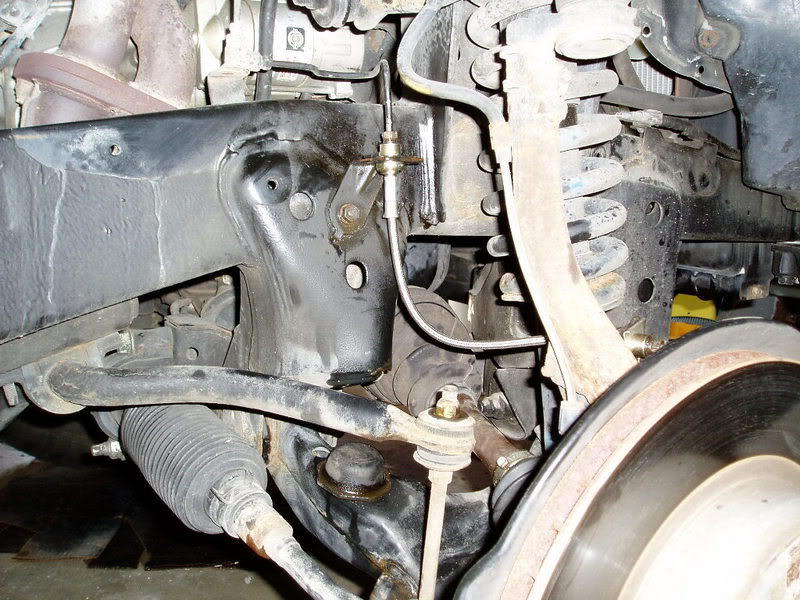
DIY Cost – $50-$100
Professional Cost – $100-$200
Skill Level – Easy; requires only basic tools and the removal of a couple of nuts.
Brake lines ensure the delivery of brake fluid to the calipers and pistons when you press the brake pedal, which causes them to push your brake pads into the rotors. OEM rubber lines work just fine and are reliable, or you can spring a little extra for a set of virtually indestructible stainless steel, braided lines.
If you're off-roading regularly, rubber lines have the possibility of getting snagged by brush and being torn. Stainless steel lines are more resilient in this regard. Stainless steel are recommended for its durability.
Related Video: 4Runner with Tundra Brake Conversion
Related Discussions
- Tundra Brake Upgrade FAQ - YotaTech.com
- 231mm Tundra Brake Upgrade - YotaTech.com


